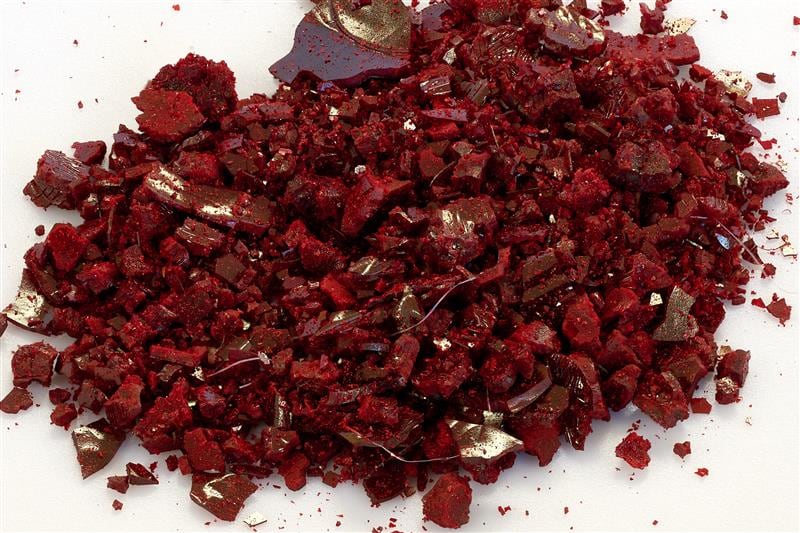A new study led by German cosmetics company Henkel and French biotech firm Oxiproteomics explored oxidative damage to human hair fibres through chemical oxidation and UV exposure, to evaluate the effectiveness of two molecular markers: cysteic acid and protein carbonylation.
The study, which was published in the International Journal of Cosmetic Science in late February aimed to assess hair damage in relation to the physical characteristics of the hair fibres and had three overall objectives:
- To compare two molecular markers, cysteic acid and protein carbonylation, to track the level of chemical oxidation and photochemical (UV) oxidation of human hair.
- To investigate how the protein carbonylation biomarker evolution is associated with physical characteristics of the fibre.
- To understand the damage localisation within the hair sub-structure.
Study details
For the chemical oxidation study, medium-brown-coloured European natural hair was treated with a non-pigmented commercial hair colour mixture and hair bleach in increasing chemical oxidation conditions.
For the photochemical (UV) study two European natural hair colours: dark brown and extra-light blond were gradually photo irradiated (lightened by UV).
The team investigated the molecular changes by measuring cysteic acid with a NIR spectroscopy; and measuring protein carbonylation via biophysical changes by differential scanning calorimetry (DSC), and tensile strength measurements.
Carbonyls were labelled with a specific fluorescent probe and measured in gel electrophoresis and in situ through image analysis and densitometric quantification after protein extraction.
Study results
The study discovered that protein carbonylation could be a reliable molecular marker for assessing oxidative damage in hair, and could complement cysteic acid (a traditional marker).
Both cysteic acid and protein carbonylation levels increased with greater oxidative stress from chemical or UV exposure, indicating a strong correlation between the two markers.
The study revealed that chemical oxidation led to a more significant increase in cysteic acid and carbonylation levels compared to photochemical exposure, which demonstrated that bleaching has a harsher effect on the hair in comparison to UV radiation.
Protein carbonylation proved to be a more sensitive and accurate indicator of oxidative damage than cysteic acid, especially for photochemical oxidation, which would allow for early detection of hair fibre degradation.
The hair damage mainly affected the cuticle and cortex, and the cuticle was significantly impacted by photochemical oxidation.
The results also showed that melanin in dark brown hair provided some protection against UV-induced damage, which suggests it has a photoprotective effect.
Overall, the findings confirmed the importance of protecting hair from oxidative damage to maintain structural integrity and spotlights the role of preventive measures in hair care. This is particularly relevant when developing products aimed at minimising oxidative stress and those designed to improve the overall health of the hair fibre.
“The protein carbonylation biomarker is validated as another key molecular marker to monitor oxidative chemical changes in the hair chemical groups,” summarised the researchers.
“It complements cysteic acid and appears more suitable in the case of photochemical oxidation, where it offers clear advantages over cysteic acid by being more sensitive and accurate, and by allowing in situ distinct damage visualisation,” they continued.
“As well as cysteic acid, amino acids such as proline, threonine, arginine, lysine, and peptide bonds are targets of oxidation,” they shared, and added that “under photochemical oxidation, the photoprotective effect of melanin is confirmed.”
Looking to the future, continued exploration into the molecular mechanisms of hair damage can help develop more effective products designed to neutralise oxidative effects and/or repair damage.
Source: International Journal of Cosmetic Science
Carbonylation of hair proteins: A robust biomarker of molecular and structural oxidative damage in hair fibres
C. Grosjacques et al
First published: 20 February 2025 https://doi.org/10.1111/ics.13052





